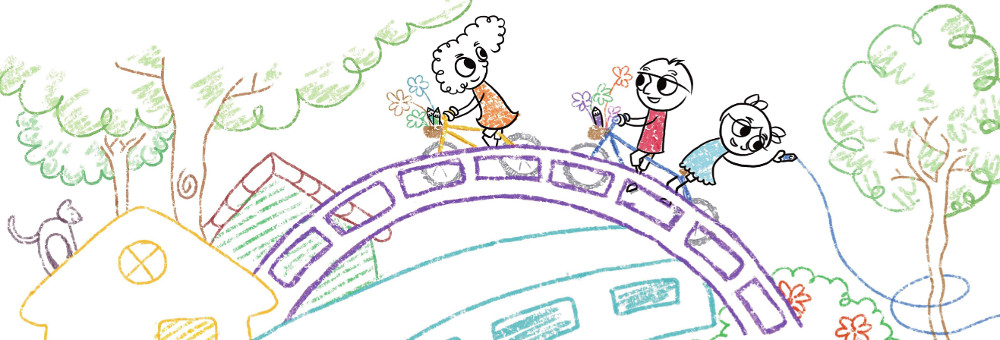Usability assessment with kids is similar in many respects to simplicity testing with adults. To acquire the most out of the sessions, and be sure the child is usually comfortable and happy, there are a few differences that you must be aware of.
Stress of new people and surroundings
Children are far more very likely than adults to find coming across new places and people tense. You should always remember this, so try to find numerous ways as is possible to relax the child. Some things you could do will be:
— Allow a substantial period of time – at least 10 minutes — to meet the child. This is vital in putting them confident before beginning the session. Several easy things talk about may be computer games, cartoons, sports or perhaps school. Planning to make each of the equipment utilized during the session match what the child uses at home/school (phone up their parents/teachers beforehand to check). — Try to always be as soothing and comforting as possible. Really especially important to create it crystal clear to the kid that you want their particular views on the internet site and that you’re not testing these people. – Cover the fact that younger children may possibly prefer their parents to remain in the screening room with them. Guarantee that parents know that they should stay out of the child’s line-of-sight and not help or distract them.
Asking for help
Children are far more accustomed to asking for — and receiving – help than adults, so it is very important intended for the moderator to:
– Plainly explain at the start of the test you want the child to work with the site independent – Produce a maintained effort to deflect any such questioning through the session alone
Specific manners of deflecting questions can include:
— Answering something with a issue (e. g. What do you think you should do now? ) – Re-stating that you would like the child to use the site by themselves – Asking the child to have one last g’ ahead of you begin something else
Children obtain tired, uninterested and disappointed more easily
Children (especially of younger ages) are much less inclined – and/or able – to use themselves to a single process for a prolonged period. Some ways to do the job around this are:
– Limiting sessions to 1 hour or not as much. – Choosing short fractures during times if the kid becomes economiccalarasi.ro tired or irritable. – Making sure sessions cover the planned tasks/scenarios in a different buy – this will likely make sure that the same scenarios aren’t always examined by fatigued children, who also are less more likely to succeed/persevere. – Asking your child for support so as to provide them with motivation (e. g. asking ‘Could you please identify for me the right way to… ‘, or by truly pretending not to be able find/do something around the site). – Keeping up a reliable stream of encouragement and positive opinions (“You’re performing really well and telling all of us lots of valuable things — it will genuinely help make this website better. Keep it up! “).
The importance of non-verbal cues
Kids can’t remain relied upon to verbally state their thoughts/feelings, either because of their:
– Not being articulate enough – Being too shy – Not wanting to say the incorrect thing and displease the – Saying things they will don’t consider just to you should the adult
This will make it particularly critical that the wonderful expert become sensitive to children’s non-verbal cues, including:
— Sighs – Smiles — Frowns — Yawns – Fidgeting – Laughing – Swaying – Body direction and position
Physical differences
A couple of very obvious – but easily forgotten — differences which in turn need to be taken into account are:
– Seat and table settings — Make sure you include a chair/table setting that allows the child to comfortably take advantage of the equipment throughout the session. – Microphone placing – Kids tend to have less busy voices than adults, and so microphones ought to be placed a little bit nearer to the participant than normal.
Levels of literacy and understanding
It is critical to ensure that a session’s individual has an appropriate understanding of the scenario being presented to them. A lot of ways to accomplish this include:
– Asking participants to re-phrase scenarios/goals in their unique words. — Asking individuals to repeat a situation (i. electronic. what they are trying to achieve) in the event the task has gone on for quite a while and you suspect they may contain forgotten this.
